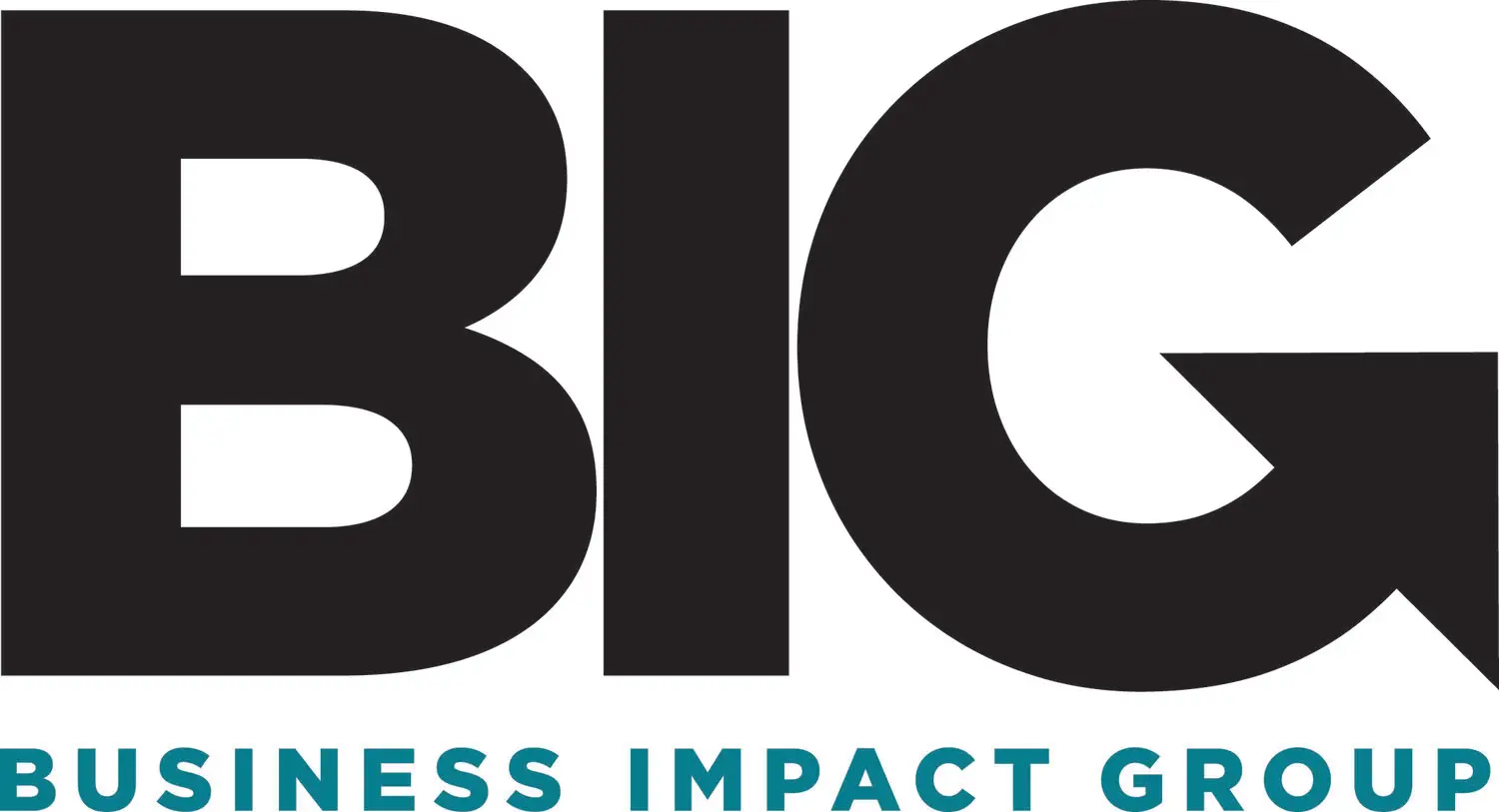Networking is an essential skill for professionals in any industry. It involves building and maintaining relationships with other professionals to exchange information, advice, and support. To build a strong foundation for networking, it’s important to understand the basics. This includes knowing how to introduce yourself effectively, understanding the importance of active listening, and being able to communicate your goals and interests clearly. Networking also involves being proactive in seeking out opportunities to connect with others, whether it’s through professional organizations, industry events, or online platforms.
Another key aspect of networking basics is understanding the value of reciprocity. Networking is a two-way street, and it’s important to be willing to offer support and assistance to others in your network. This can involve sharing your expertise, making introductions, or offering help with projects or initiatives. By building a reputation as a helpful and supportive member of your network, you’ll be more likely to receive support and assistance when you need it. Overall, building a strong foundation for networking involves understanding the basic principles of effective communication, being proactive in seeking out opportunities to connect with others, and being willing to offer support and assistance to others in your network.
Networking is an essential skill for professionals in any industry. It involves building and maintaining relationships with other professionals to exchange information, advice, and support. To build a strong foundation for networking, it’s important to understand the basics. This includes knowing how to introduce yourself effectively, understanding the importance of active listening, and being able to communicate your goals and interests clearly. Networking also involves being proactive in seeking out opportunities to connect with others, whether it’s through professional organizations, industry events, or online platforms.
Another key aspect of networking basics is understanding the value of reciprocity. Networking is a two-way street, and it’s important to be willing to offer support and assistance to others in your network. This can involve sharing your expertise, making introductions, or offering help with projects or initiatives. By building a reputation as a helpful and supportive member of your network, you’ll be more likely to receive support and assistance when you need it. Overall, building a strong foundation for networking involves understanding the basic principles of effective communication, being proactive in seeking out opportunities to connect with others, and being willing to offer support and assistance to others in your network.
Key Takeaways
- Building a strong foundation in networking requires understanding the basics of networking, such as developing an elevator pitch and maintaining a professional online presence.
- Leveraging social media is essential for connecting with professionals and expanding your network, so it’s important to use platforms like LinkedIn effectively and engage with industry-related content.
- Making the most of in-person networking events involves setting clear goals, being prepared with business cards and conversation starters, and following up with new contacts afterwards.
- Utilizing technology for networking means using online platforms like networking groups, forums, and virtual events to connect with professionals in your industry and expand your network beyond geographical limitations.
- Creating a personal brand is crucial for standing out in a competitive market, so it’s important to showcase your unique skills, experiences, and values through your online presence and professional interactions.
Leveraging Social Media: Connecting with Professionals
In today’s digital age, social media has become an invaluable tool for networking and connecting with professionals. Platforms like LinkedIn, Twitter, and Facebook provide opportunities to connect with colleagues, industry leaders, and potential employers. Leveraging social media for networking involves creating a professional online presence, engaging with others in your industry, and sharing relevant content and insights.
One of the key benefits of using social media for networking is the ability to connect with professionals from around the world. This can provide access to a diverse range of perspectives and opportunities that may not be available within your immediate professional circle. Additionally, social media allows for ongoing engagement with your network, whether it’s through sharing articles and resources, participating in discussions, or congratulating colleagues on their achievements.
When leveraging social media for networking, it’s important to maintain a professional and polished online presence. This includes having a complete and up-to-date profile, sharing content that reflects your expertise and interests, and engaging with others in a respectful and professional manner. By using social media effectively, you can expand your professional network, stay informed about industry trends and developments, and position yourself as a knowledgeable and engaged professional within your field.
In today’s digital age, social media has become an invaluable tool for networking and connecting with professionals. Platforms like LinkedIn, Twitter, and Facebook provide opportunities to connect with colleagues, industry leaders, and potential employers. Leveraging social media for networking involves creating a professional online presence, engaging with others in your industry, and sharing relevant content and insights.
One of the key benefits of using social media for networking is the ability to connect with professionals from around the world. This can provide access to a diverse range of perspectives and opportunities that may not be available within your immediate professional circle. Additionally, social media allows for ongoing engagement with your network, whether it’s through sharing articles and resources, participating in discussions, or congratulating colleagues on their achievements.
When leveraging social media for networking, it’s important to maintain a professional and polished online presence. This includes having a complete and up-to-date profile, sharing content that reflects your expertise and interests, and engaging with others in a respectful and professional manner. By using social media effectively, you can expand your professional network, stay informed about industry trends and developments, and position yourself as a knowledgeable and engaged professional within your field.
Networking Events: Making the Most of In-Person Opportunities
Attending networking events is an excellent way to make valuable connections with other professionals in your industry. Whether it’s a conference, seminar, or industry mixer, these events provide opportunities to meet new people, exchange ideas, and learn from others’ experiences. To make the most of in-person networking opportunities, it’s important to approach these events with a clear strategy in mind.
Before attending a networking event, take some time to research the attendees and speakers who will be present. This can help you identify individuals you’d like to connect with and topics you’d like to discuss. Additionally, prepare an elevator pitch that succinctly communicates who you are, what you do, and what you’re looking to achieve through networking. This will help you make a strong first impression on those you meet.
During the event, focus on building genuine connections with others by asking open-ended questions, actively listening to their responses, and offering insights or assistance where appropriate. Be sure to exchange contact information with those you connect with so that you can follow up after the event. Following up is crucial for maintaining the connections you’ve made at networking events; send personalized messages expressing your appreciation for meeting them and suggesting ways to stay in touch.
Attending networking events is an excellent way to make valuable connections with other professionals in your industry. Whether it’s a conference, seminar, or industry mixer, these events provide opportunities to meet new people, exchange ideas, and learn from others’ experiences. To make the most of in-person networking opportunities, it’s important to approach these events with a clear strategy in mind.
Before attending a networking event, take some time to research the attendees and speakers who will be present. This can help you identify individuals you’d like to connect with and topics you’d like to discuss. Additionally, prepare an elevator pitch that succinctly communicates who you are, what you do, and what you’re looking to achieve through networking. This will help you make a strong first impression on those you meet.
During the event, focus on building genuine connections with others by asking open-ended questions, actively listening to their responses, and offering insights or assistance where appropriate. Be sure to exchange contact information with those you connect with so that you can follow up after the event. Following up is crucial for maintaining the connections you’ve made at networking events; send personalized messages expressing your appreciation for meeting them and suggesting ways to stay in touch.
Utilizing Technology: Online Platforms for Networking
In addition to social media platforms like LinkedIn and Twitter, there are numerous online platforms specifically designed for professional networking. These platforms provide opportunities to connect with other professionals in your industry, share insights and resources, and even find job opportunities. Utilizing technology for networking involves creating profiles on these platforms that effectively communicate your skills and experience while actively engaging with others in your network.
One of the key benefits of using online platforms for networking is the ability to connect with professionals who may not be accessible through traditional means. These platforms often have features that allow you to search for individuals based on specific criteria such as industry, location, or job title. This can help you identify potential mentors or collaborators who can offer valuable insights and support.
When utilizing technology for networking, it’s important to maintain an active presence on these platforms by sharing relevant content, participating in discussions or groups related to your industry, and reaching out to individuals who may be valuable connections. Additionally, consider joining online communities or forums where professionals in your field gather to exchange ideas and support one another. By utilizing technology effectively for networking purposes, you can expand your professional network beyond geographical limitations and access valuable resources and opportunities within your industry.
In addition to social media platforms like LinkedIn and Twitter, there are numerous online platforms specifically designed for professional networking. These platforms provide opportunities to connect with other professionals in your industry, share insights and resources, and even find job opportunities. Utilizing technology for networking involves creating profiles on these platforms that effectively communicate your skills and experience while actively engaging with others in your network.
One of the key benefits of using online platforms for networking is the ability to connect with professionals who may not be accessible through traditional means. These platforms often have features that allow you to search for individuals based on specific criteria such as industry, location, or job title. This can help you identify potential mentors or collaborators who can offer valuable insights and support.
When utilizing technology for networking, it’s important to maintain an active presence on these platforms by sharing relevant content, participating in discussions or groups related to your industry, and reaching out to individuals who may be valuable connections. Additionally, consider joining online communities or forums where professionals in your field gather to exchange ideas and support one another. By utilizing technology effectively for networking purposes, you can expand your professional network beyond geographical limitations and access valuable resources and opportunities within your industry.
Creating a Personal Brand: Standing Out in a Competitive Market
In today’s competitive job market, creating a strong personal brand is essential for standing out among other professionals in your field. Your personal brand is how you present yourself both online and offline; it encompasses your skills, experience, values, and unique perspective. To create a personal brand that resonates with others in your industry, it’s important to identify what sets you apart from others and communicate this effectively through various channels.
One way to create a strong personal brand is by developing a clear narrative that communicates your professional journey and the value you bring to your field. This can involve crafting a compelling bio for your online profiles that highlights your key achievements and areas of expertise. Additionally, consider creating content that showcases your knowledge and insights through blog posts, articles, or presentations at industry events.
Another important aspect of creating a personal brand is maintaining consistency across all channels where you’re present. This includes ensuring that your online profiles accurately reflect your skills and experience while also aligning with the narrative you’ve developed for your personal brand. By creating a strong personal brand that effectively communicates your unique value proposition within your industry, you’ll be better positioned to attract opportunities for collaboration, mentorship, or career advancement.
In today’s competitive job market, creating a strong personal brand is essential for standing out among other professionals in your field. Your personal brand is how you present yourself both online and offline; it encompasses your skills, experience, values, and unique perspective. To create a personal brand that resonates with others in your industry, it’s important to identify what sets you apart from others and communicate this effectively through various channels.
One way to create a strong personal brand is by developing a clear narrative that communicates your professional journey and the value you bring to your field. This can involve crafting a compelling bio for your online profiles that highlights your key achievements and areas of expertise. Additionally, consider creating content that showcases your knowledge and insights through blog posts, articles or presentations at industry events.
Another important aspect of creating a personal brand is maintaining consistency across all channels where you’re present. This includes ensuring that your online profiles accurately reflect your skills and experience while also aligning with the narrative you’ve developed for your personal brand. By creating a strong personal brand that effectively communicates your unique value proposition within your industry, you’ll be better positioned to attract opportunities for collaboration, mentorship or career advancement.
Maintaining Relationships: Nurturing and Growing Your Network

Building a strong network is only half the battle; maintaining relationships within that network is equally important for long-term success. Nurturing and growing your network involves staying connected with individuals you’ve met through various networking opportunities while also seeking out new connections who can offer fresh perspectives or opportunities for collaboration.
One way to maintain relationships within your network is by regularly reaching out to individuals through personalized messages or emails expressing interest in their work or offering assistance where possible. Additionally, consider setting up regular meetings or calls with key contacts within your network to catch up on each other’s professional endeavors or discuss potential collaboration opportunities.
Another important aspect of nurturing relationships within your network is being willing to offer support when needed. This can involve making introductions between individuals who may benefit from knowing each other or offering assistance with projects or initiatives that align with your expertise. By nurturing relationships within your network through ongoing communication and supportiveness, you’ll be better positioned to access valuable resources or opportunities within your industry.
Building a strong network is only half the battle; maintaining relationships within that network is equally important for long-term success. Nurturing and growing your network involves staying connected with individuals you’ve met through various networking opportunities while also seeking out new connections who can offer fresh perspectives or opportunities for collaboration.
One way to maintain relationships within your network is by regularly reaching out to individuals through personalized messages or emails expressing interest in their work or offering assistance where possible. Additionally consider setting up regular meetings or calls with key contacts within your network to catch up on each other’s professional endeavors or discuss potential collaboration opportunities.
Another important aspect of nurturing relationships within your network is being willing to offer support when needed. This can involve making introductions between individuals who may benefit from knowing each other or offering assistance with projects or initiatives that align with your expertise. By nurturing relationships within your network through ongoing communication and supportiveness you’ll be better positioned to access valuable resources or opportunities within your industry.
Networking Etiquette: Best Practices for Successful Connections
Networking etiquette plays a crucial role in building successful connections within your professional network. It involves understanding how to conduct yourself professionally when interacting with others while also respecting their time and boundaries. By following best practices for networking etiquette you’ll be better positioned to make positive impressions on those you meet while also fostering long-term relationships within your network.
One key aspect of networking etiquette is being respectful of others’ time when reaching out for potential connections or meetings. This involves being clear about the purpose of your outreach while also being mindful of their availability when scheduling meetings or calls. Additionally always express gratitude when someone takes the time out of their schedule to meet with you or offer assistance.
Another important aspect of networking etiquette is being genuine in your interactions with others within your network. This involves being transparent about your intentions when seeking out connections while also being willing to offer support when needed without expecting anything in return immediately.
By following best practices for networking etiquette such as being polite and respectful, actively listening, and following up with contacts, individuals can build strong and meaningful connections. Networking etiquette also involves being mindful of others’ time, showing genuine interest in their work, and being open to new ideas and perspectives. Additionally, it’s important to be professional in all communications and to always express gratitude for any help or advice received. Ultimately, practicing good networking etiquette can help individuals create a positive and lasting impression on others, leading to valuable relationships and opportunities in their personal and professional lives.
FAQs
What are networking tools?
Networking tools are software or hardware devices that help in the management, monitoring, and troubleshooting of computer networks. These tools are used to optimize network performance, ensure security, and facilitate communication between devices.
What are some common networking tools?
Some common networking tools include network analyzers, packet sniffers, network monitoring software, network scanners, bandwidth management tools, and network performance testing tools.
How do networking tools help in network management?
Networking tools help in network management by providing insights into network traffic, identifying and resolving network issues, monitoring network performance, and ensuring network security. These tools also help in optimizing network resources and improving overall network efficiency.
What are the benefits of using networking tools?
The benefits of using networking tools include improved network performance, enhanced security, better troubleshooting capabilities, efficient resource utilization, and streamlined network management processes. These tools also help in identifying and addressing potential network vulnerabilities.
How can networking tools help in troubleshooting network issues?
Networking tools can help in troubleshooting network issues by providing real-time insights into network traffic, identifying bottlenecks or performance issues, detecting network anomalies, and analyzing network protocols and data packets. These tools enable network administrators to quickly diagnose and resolve network problems.





